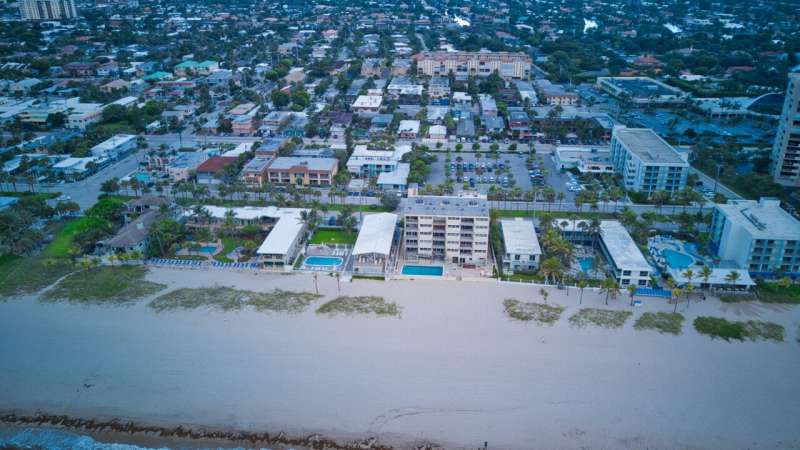Emission cuts before mid-century could prevent 0.6 meters of future sea-level rise

Sadie Harley
scientific editor

Robert Egan
associate editor

Rising seas are irreversible on human timescales and among the most severe consequences of climate change. Emissions released in the coming decades will determine how much coastlines are reshaped for centuries to come.
New research shows that near-term mitigation could spare future generations around 0.6 meters of sea-level rise that would be caused by emissions between 2020 and 2090 following current policies, making today's decisions critical not only for limiting warming but also for coastal impacts.
Led by IIASA researchers in collaboration with colleagues from institutions in the UK, Belgium, the Netherlands, and Germany, the study published in goes beyond the usual sea level projections by quantifying how much sea-level rise in 2300 will be "locked in" by emissions this century.
By isolating the effect of near- and mid-term emissions, the study provides a direct link between today's policy choices and sea levels hundreds of years from now—an aspect that has not been quantified in this way before.
"It is common for sea-level rise research to deliver projections to 2100 based on a standard set of scenarios, which doesn't allow to isolate the longer-term sea-level impacts of today's greenhouse gas emissions. But we have to explore these impacts on timescales beyond 2100 because oceans and ice sheets keep responding for centuries," explains lead author Alexander Nauels, a senior research scholar in the Integrated Climate Impacts Research Group of the IIASA Energy, Climate, and Environment Program.
"Our study shows clearly that mitigation decisions in the next few decades will have multi-century consequences for coastlines worldwide."
The researchers found that under current policies, emissions from 2020 until 2050 would already commit the world to about 0.3 meters of additional sea-level rise by 2300.
What may seem like a modest increase would have major implications for long-term adaptation planning. Extending emissions on this trajectory until 2090 would lock in a global rise of about 0.8 meters, of which roughly 0.6 meters could still be avoided if the world started emissions reductions consistent with the Paris Agreement now.
These differences can determine whether some low-lying coastal areas and islands remain habitable or not.
"Our work highlights the long-lasting legacy of today's emissions and that adaptation planning must consider centuries ahead," notes Matthew Palmer from the UK Met Office, a co-author of the study.
"We also illustrate that some regions, like the vulnerable Pacific islands, will experience even higher sea-level rise than the global average. These regional and local changes have to be understood and resolved in much greater detail to better inform decision makers."
The authors set out to determine how much future sea-level rise is already committed by past and near-term emissions, and they show how strongly choices in the coming decades influence outcomes centuries from now.
"These choices will determine when more adaptation limits will be reached and how many adaptation options remain for coastal communities in vulnerable regions," notes co-author Aimée Slangen from the Royal Netherlands Institute of Sea Research.
"The difference between decisive climate action today and continued high emissions is not just measured in degrees of warming but also in meters of sea-level rise that will reshape coasts worldwide for centuries. Importantly, we show that we still have the opportunity to limit the sea-level rise commitment we pass on to future generations," Nauels concludes.
More information: Nauels, A., et al. Multi-century global and regional sea-level rise commitments from cumulative greenhouse gas emissions in the coming decades, Nature Climate Change (2025).
Journal information: Nature Climate Change





















